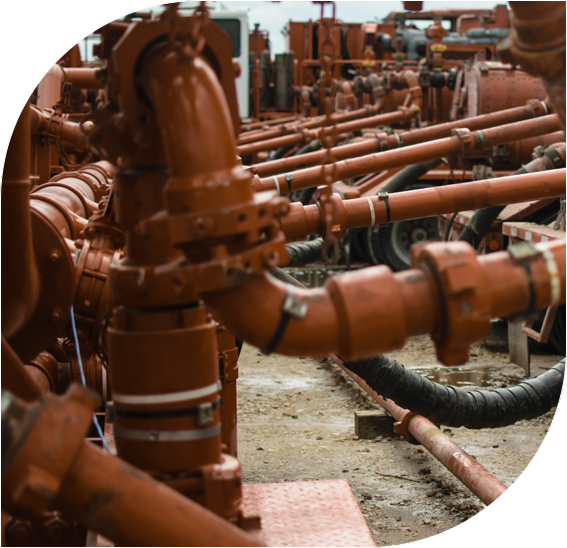
Given the low-permeability of shales, after a well is drilled, hydraulic fracturing is employed to crack open channels wide enough to allow for the flow of hydrocarbon molecules. The fracturing process injects a fluid in high-pressure. The fluid is 98-99.5 percent water and sand (or other proppant) with chemicals making up the rest. Some of these chemicals have caused environmental and health concerns. HCAC, in contrast, promises to eliminate these concerns because the HCAC mixture and hydrocarbon release process are both natural. Chitlig scientists have a message to the industry: listen to the Mother Nature. HCAC’s key driver is accelerated gas production and increased total recovery from the conventional and unconventional wells. Chitlig scientists cooperated with accredited petroleum and chemical engineering laboratories at one of Turkey’s top engineering and science universities (Middle East Technical University) for testing HCAC Technology under reservoir conditions with high pressure and temperature. Results indicate significant increase in gas recovery.

